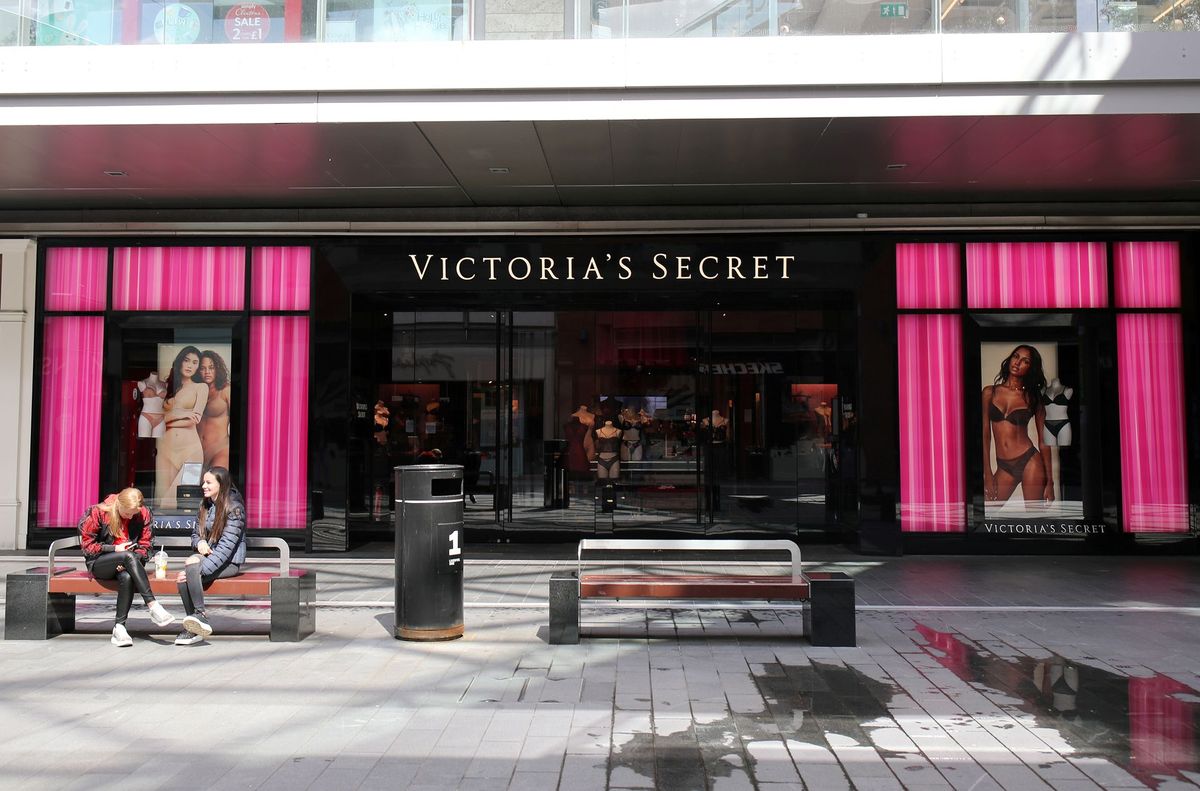What’s going on with Victoria’s Secret?

A few minutes every morning is all you need.
Stay up to date on the world's Headlines and Human Stories. It's fun, it's factual, it's fluff-free.
According to Megan Rapinoe, an American women’s soccer star and a new ambassador for Victoria’s Secret, the company’s old branding was, “patriarchal, sexist” and “really harmful.”
- Like most retailers, Victoria’s Secret was hit particularly hard during the pandemic. Last year alone it closed 223 of its stores, mostly because foot traffic in malls (which is where most of its stores are located) slowed way down.
- But in early 2021, its parent company, L Brands, Inc., saw significant growth that it credited to the success of Victoria’s Secret, along with one of its other retailers, Bath & Body Works.
- The growth, which brought the company from a pandemic-low of around US$10 per share to more than US$70 per share, has meant that instead of selling Victoria’s Secret like L Brands had reportedly discussed, it’s instead going to spin the brand off from Bath & Body Works, which will allow them to both be traded publicly.
What caused this increase in growth?
- It’s difficult to pinpoint exactly which things are leading to this increase in growth, but there seem to be three big things behind it.
- First, there were stimulus checks that L Brands thinks played a big role, especially early this year.
- Second, with rising vaccination rates came more foot traffic in malls and at retail stores.
- Third, Victoria’s Secret has undergone massive rebranding efforts over the past three years and it’s finally beginning to see growth from that.
Why did Victoria’s Secret need to rebrand?
- The way Victoria’s Secret used to be branded pretty much embodied the phrase, “Sex sells.”
- The company was founded in 1977 with the intention of creating a place where men could comfortably shop for lingerie and, even as it changed over the years, the consensus within the company was that the chain mainly focused on what men wanted to see.
- Then came the “Angels,” models that were meant to embody what was seen as “sexy.” This was followed in the 90s by the Victoria’s Secret Fashion Show, which The New York Times called a “cross between a runway show and a pole dance that aired on network television for nearly two decades.”
- But with the #MeToo movement in 2018 – which focused on women’s autonomy and highlighted the way sexual harassment and abuse had become commonplace, especially in Hollywood – and the news in 2019 that Leslie Wexner, the owner of Victoria’s Secret, had close ties to Jeffery Epstein, a convicted sex offender, it became clear that something had to give.
- According to Megan Rapinoe, an American women’s soccer star and a new ambassador for the brand, the old branding was, “patriarchal, sexist” and “really harmful.”
How is the company changing the branding?
- Six of the seven board members inside of the company, including the chair, will be women. Much of the previous leadership, including Wexner and former Chief Marketing Officer Ed Razek, won’t be returning.
- Current leadership has also addressed some of the previous problems with the brand. “When the world was changing, we were too slow to respond,” said the company’s new chief executive officer, Martin Waters. “We needed to stop being about what men want and to be about what women want.”
- Externally, the brand is creating what it calls the VS Collective, a group of seven women who are celebrated for their achievements, rather than their looks. The collective, which includes Rapinoe, as well as Eileen Gu, a 17-year-old soon-to-be Olympic skier, and Priyanka Chopra Jonas, a 38-year-old tech investor and actress.
- The collective will model for the brand and promote it across social media, but they’ll also be advising the brand to redefine what Victoria’s Secret should consider “sexy.”
How does all of that translate to business performance?
- It’s not totally clear yet, but the signs seem to be good. Sales at Victoria’s Secret rose 25% in the first quarter of the year, a big change from the 15% loss it saw in the first quarter in 2020.
- Plus, things like the company’s first-ever Mother’s Day campaign, something considered “not sexy” under the old branding, proved to be a success.
- But the bottom line for the company’s success going forward might depend more on how it chooses to handle the changing retail market, something it’s reportedly choosing to focus on in the upcoming spin off, which will take place this August.
Have a tip or story? Get in touch with our reporters at tips@themilsource.com




Comments ()